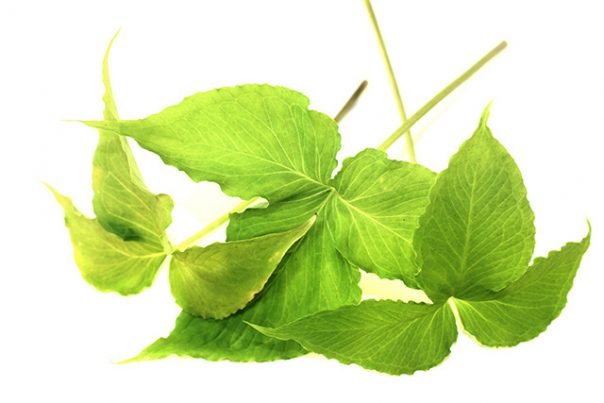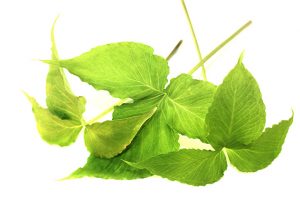
Pinellia – sources, health benefits, nutrients, uses and constituents at NaturalPedia.com
Saturday, September 02, 2017 by Jhoanna Robinson
http://www.naturalpedia.com/pinellia-sources-health-benefits-nutrients-uses-and-constituents-at-naturalpedia-com.html

Pinellia is a genus of perennial plants in the Araceae family. They are endemic to Japan. Pinellia plants’ roots have an acrid taste. They are the medicinal part of the plants, and are called Rhizoma pinelliae ternatae. The surface of the dried pinellia tuber is white or light yellow, and it contains a yellow-spotted residual cortex.
Pinellia plants figure more in Asian medicine than in Western forms of herbology, and are popular in traditional Chinese medicine (TCM) for treating problems of the digestive and the respiratory kind. TCM tells us that the pinellia rhizome is warm in nature and empowers the spleen, lung, and the stomach.
Pinellia plants can be classified into the following:
- Unprocessed pinellia (Sheng) – which features the raw tube with impurities removed.
- Purified pinellia (Qing) – The raw tube is boiled in an alum solution, thereby neutralizing the effects of tingling to the throat and removing much of the tuber’s toxicity.
- Gingered pinellia (Jiang) – The tube is salted or steamed with ginger.
- Pro formula or standard pinellia (Fa) – It is the most common form of the root and is processed with the use of lime.
- Bamboo-juice pinellia (Zhu Li) – It is the form most commonly suited for people who are suffering from yellow sticky phlegm caused by lung heat, phlegm-heat internal blocks, aphasia (speech impairment due to apoplexy or unconsciousness resulting from a cerebral hemmorhage or stroke), and stomach heat.
- Fermented-mass pinellia (Qu) – This is the herbal leaven made from flour and ginger juice.
List of known nutrients
- Beta-Sitosterol
- Calcium Oxalate
- Choline
- Daucosterol
- Saponins
- Volatile Oil
Medicinal uses for pinellia
Pinellia plants have analgesic, antipyretic, expectorant, antiemetic (effective against nausea and vomiting), antitussive, antivenin (antibodies-containing for poison protection), anti-inflammatory, styptic (stops bleeding), and anti-toxic properties.
Pinellia is good for the skin. It can be used to treat swelling, skin sores, and carbuncles, which are swollen and painful cluster of boils that are connected to each other under the skin.
Pinellia plants have anti-cancer properties. They are known to stave off the onset of certain cancers such as esophagus, cervix, stomach, and lung cancer.
Pinellia plants can also treat pyogenic infections such as abscess and venomous snake bites. They can also be a cure for imagined bolus, which is a medical term for a condition in which a person imagines a combination of food and saliva obstructing his throat when there is none doing such thing. Accompanying symptoms of this condition include emotional stagnation, choking sensation in the chest, lump in the throat, and slippery pulse.
Body systems supported by pinellia
Pinellia plants are good for the respiratory system. They are used for treating afflictions of the chest, such as swollen glands, nodules, goiter, and cough that is caused by cold phlegm. They can also be used for treating pharyngeal neurosis and chronic pharyngitis.
Pinellia plants are good for the digestive system. They can be used as treatment for certain ulcers, chronic hepatitis, chronic cirrhosis, chronic colitis, and chronic gastroenteritis.
Ways to use pinellia
The recommended dosage for pinellia is three to nine grams in a decoction. However, pinella should be avoided by people who are afflicted with dry cough due to yin deficiency or blood disorders. Also, because it has slightly toxic elements, pregnant women or lactating mothers should not consume it. Its toxic effects can be cured with Aconitum Carmichaelii and Aconitum Kusnezoffii.
Pinella, the plant itself or dried roots, can be found in herbal specialty stores, at Asian markets, in the offices of Chinese medical practitioners, and online.
Where to learn more
Summary
Pinellia plants are good for the respiratory and digestive systems.
Pinellia plants can treat pyogenic infections such as abscess and venomous snake bites.
Pinellia is good for the skin.
Sources include:
Tagged Under: Tags: pinellia






